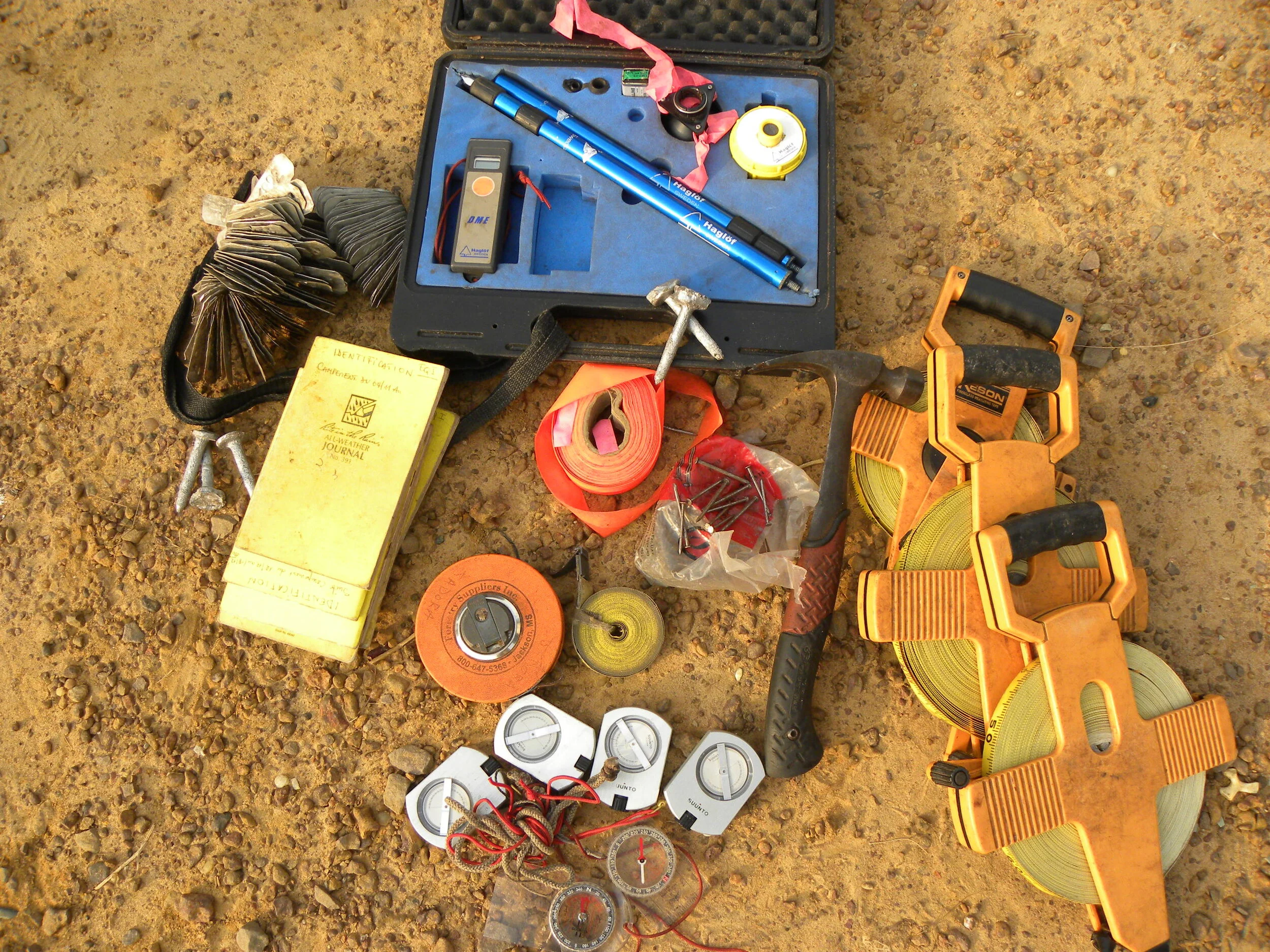

We’re on a mission.
Mitigating climate change, preserving biodiversity, and improving livelihoods since 2009. Over the last decade, our concession of 187,571 hectares has packed a powerful punch by sequestering over 4 million tonnes of carbon dioxide. For perspective, that’s an area smaller than Rhode Island absorbing enough carbon to offset the emissions of New York City for about a month.
Why it
matters

Twenty-four Percent.
That’s right. Our work matters because 24-30% of the solution to global climate change is related to protecting rainforests. But the story doesn’t end there. At Congo Emissions Management, it’s the positive ripple effects for communities, wildlife, and the climate that keep us jumping out of bed every morning.
Community
Forests act as a vital safety net for about 250 million of world’s most vulnerable populations, around 50,000 of whom live within our project boundaries. Their lives under the canopy depend on the forest for food, shelter, and an abundance of income opportunities. Our holistic approach actively engages entire communities to develop locally-driven approaches for long-term forest conservation. The result has been projects that empower local stewardship, facilitate innovative income streams, and improve everyday livelihoods.
Wildlife
Tropical rainforests are also the foundation for complex ecosystems that scientists are only beginning to understand. Home to over 50% of the world’s animal species, each of which performs a key role in maintaining the overall health of the system. For example, the endangered Bonobo Chimpanzees that are returning to the Isangi project area play a key role in helping the forest regenerate by dispersing seeds while the critically endangered Giant Ground Pangolin helps control ant and termite populations.
Climate
No respecter of class, species, or nationality, the impacts of the climate change as the ‘ultimate equalizer’ are already beginning to be felt globally. It is increasingly clear that climate change is caused by human activities like clearing tropical rainforests, which contributes about 8% of global emissions. Protecting forests is a positive one-two punch with the potential to contribute 24-30% of the necessary emissions reductions by halting emissions caused by deforestation and allowing the trees to keep doing what they do best - absorbing carbon emissions as they grow.



How it
Works

Carbon Offsets 101
In its most simple form - rainforest carbon offsetting protects the area of forest it would take to absorb a given amount of carbon. For instance, it would take about 7 hectares of forest in the Isangi REDD+ project to offset the average American’s emissions for one year - about 16.5 tonnes CO2.
The calculations behind this process begin with a person, a tree, and their trusty clinometer, a simple device with a fancy name that allows our field crew to take accurate measurements of the trees in our project and ultimately measure exactly how much carbon the tree is storing in its physical structure. Watching these trees over time, we see how much carbon is added annually through their natural growth process. Moving systematically across the 187,571 hectares on our property, this process gives us the total emissions that our trees will absorb each year.
Our Team
















